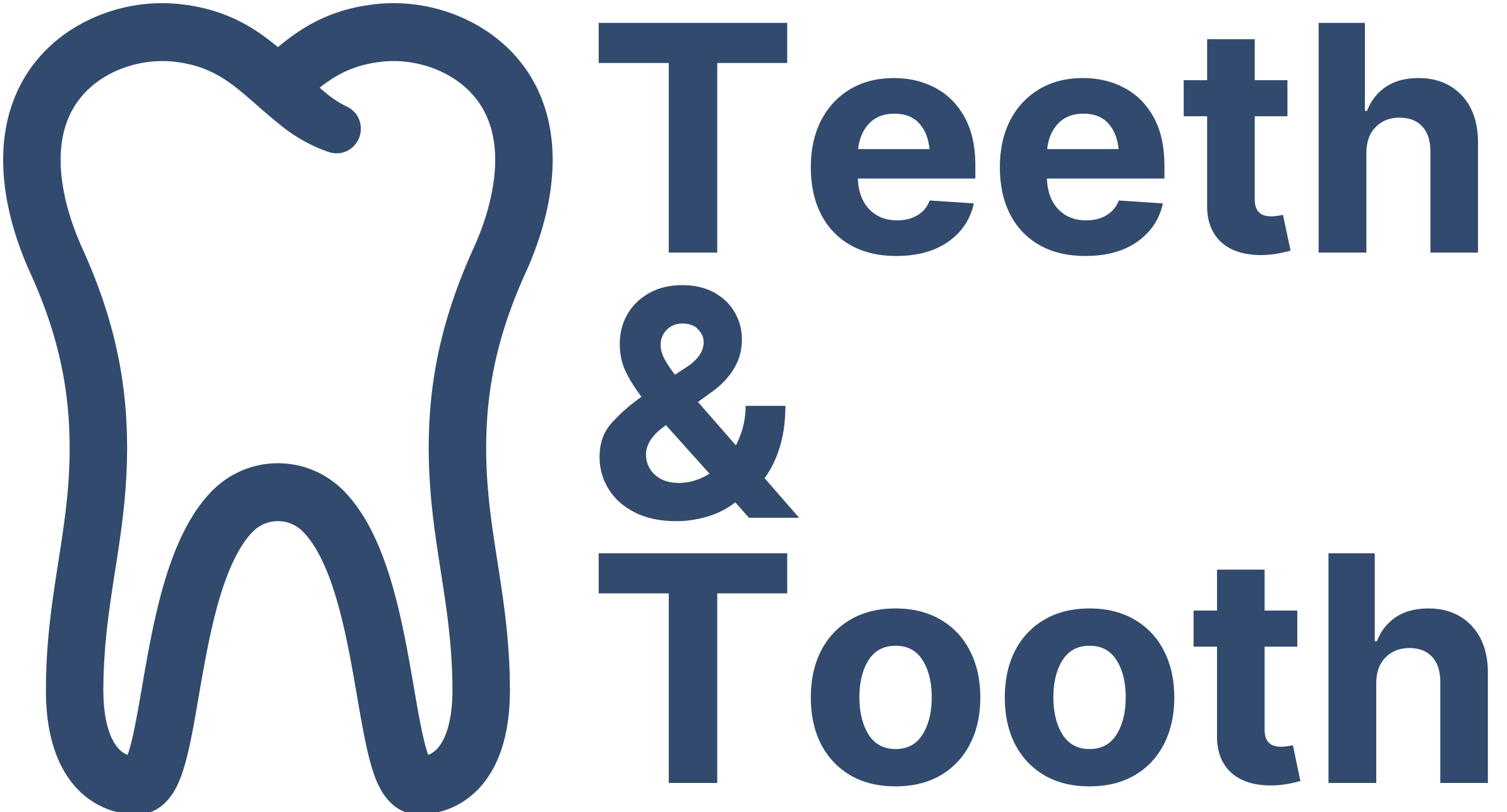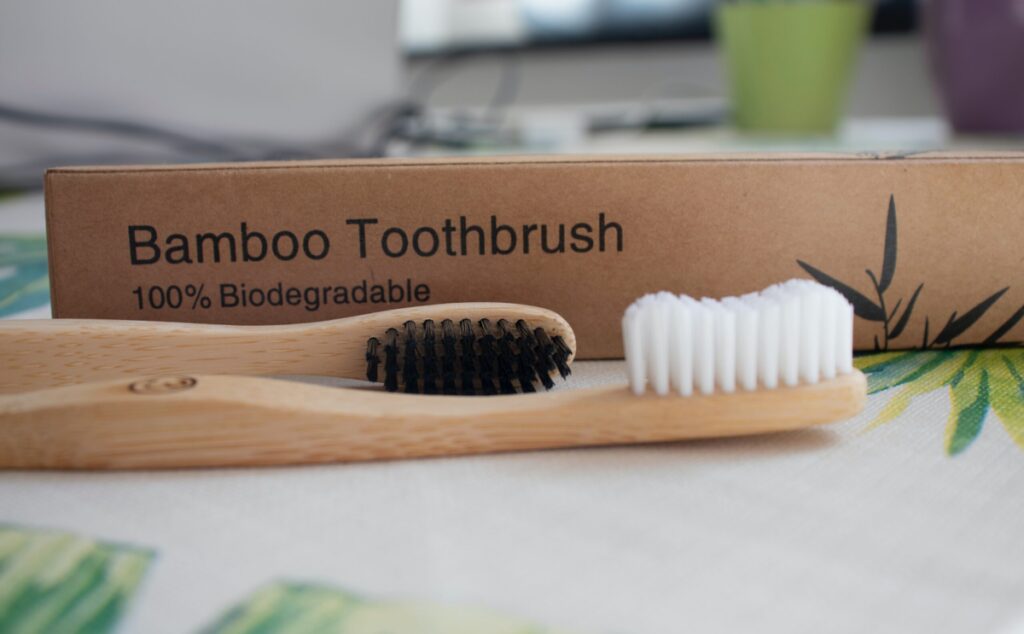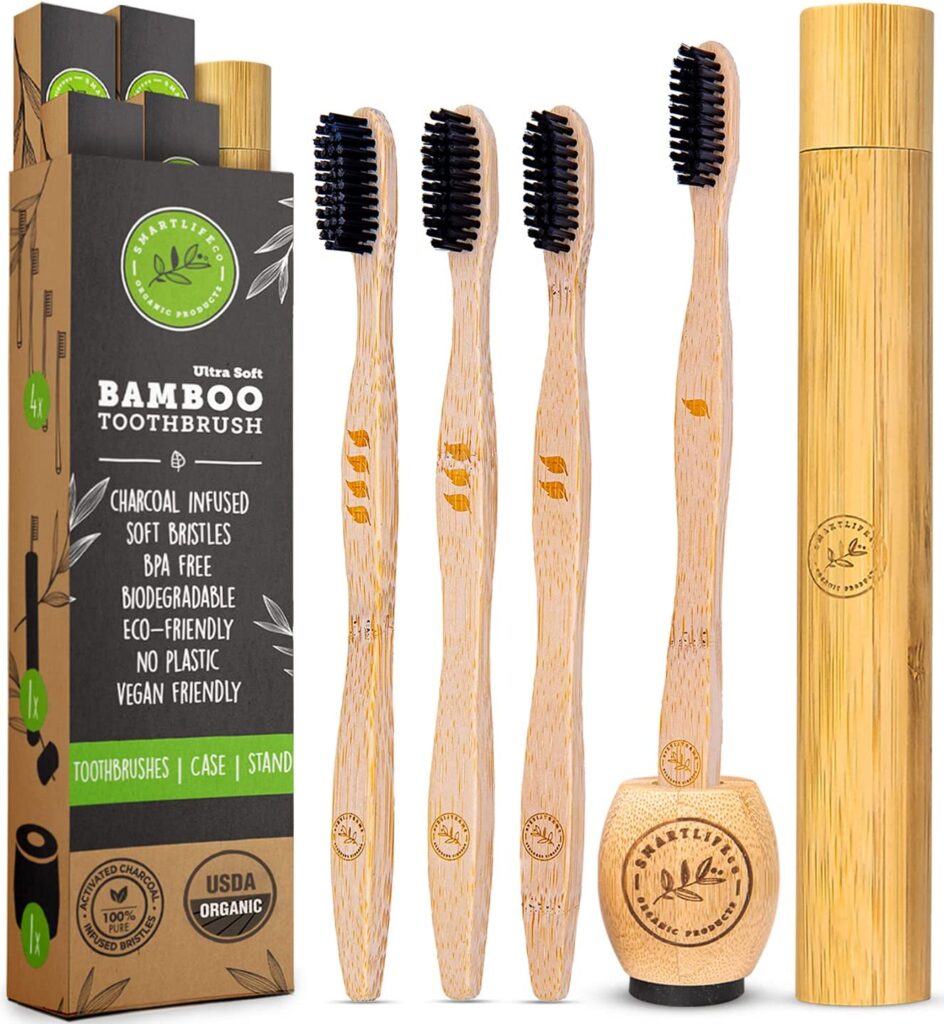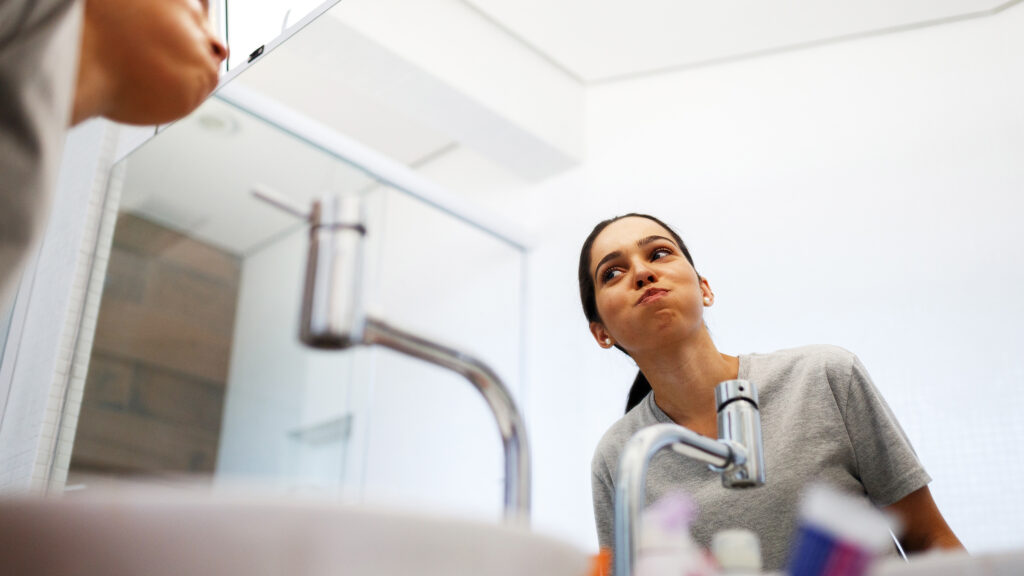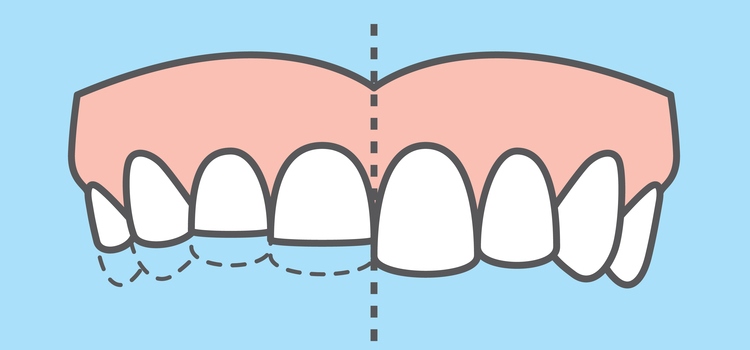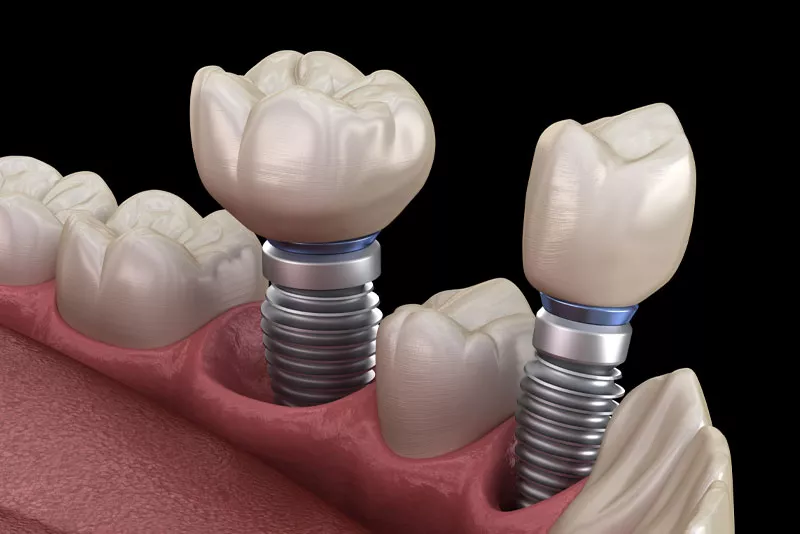Shopping for the perfect toothbrush can take a lot of time and effort. After all, toothbrushes are a necessity in our daily routines and there are so many variations of toothbrushes in the market. Finding the right one will work greatly in maintaining good oral health while the an unsuitable one may inadvertently damage your teeth and gum.
In recent years, wooden toothbrushes have become increasingly popular as many seek for a more eco-friendly and sustainable lifestyle. Not only are wooden toothbrushes biodegradable and compostable, but they can also be stylish and durable. However, with the plethora of brands and options available in the market, it can be an overwhelming experience to choose the right one.
In this guide, we will cover everything you need to know about buying wooden toothbrushes and recommend you some of the most popular products in the market. Let’s dive in and discover how you can make the sustainable switch to the eco-friendly wooden toothbrush.
Choosing the Right Wooden Toothbrush
Wooden toothbrush are an excellent option if you are making the switch to a more sustainable toothbrush. However, like most big-brand toothbrushes you see, there are several factors you need to consider when purchasing a wooden toothbrush.
- Made with sustainable materials: When buying a wooden toothbrush, it is important to look for one that is made with fallen wood or sustainably harvested wood. You should also consider the different types of wood used. Examples include beech, birch, and maple.
- Check for certifications. Lookout for wooden toothbrush manufacturers that are certified by the Forest Stewardship Council (FSC) or Rainforest Alliance. This ensures that the wood used to produce the toothbrush is sourced sustainably and responsibily
- Choose a reputable brand. It is important to select a brand that is reputable and has a good track record of producing quality products. You should also identify brands that have environmentally friendly packaging and are transparent with their manufacturing process.
- Find the right bristles. The bristles of the toothbrush are an important part of the toothbrush as they are responsible for keeping your teeth and gums clean and plaque-free. In general, you should use a toothbrush with soft or medium bristles as hard bristles can erode your teeth and gum. Prolonged use can lead to enamel erosion and gum recession. Also, look out for bristles that are made with natural materials such as boar hair.
- Choose a comfortable handle: Wooden toothbrushes come in different handle designs, including curved or straight handles. Choose a handle design that feels comfortable in your hand and allows you to grip the toothbrush with ease.
- Look for additional features: Consider toothbrush that offer additional features such as charcoal-infused bristles or a tongue cleaner.
By considering these key factors, you will be able to identify and choose a high-quality, eco-friendly toothbrush that not only maintains your oral health, but also protect the environment
Wooden Toothbrushes Are Better Than Plastic
Compared to plastic toothbrushes, wooden toothbrushes have numerous advantages that make them a much better option as a toothbrush.
First and foremost, wooden toothbrush are biodegradable and renewable. This means that these toothbrush can decompose naturally and do not end up in the landfills or oceans. Today, approximately 1 billion plastic toothbrushes are thrown away every year in America alone. The simple switch to a wooden toothbrush can contribute greatly to the current pollution crisis.
You may be interested in: When Can I Use a Straw After Wisdom Teeth Removal and Why?
Also, some types of wood contain natural antimicrobial properties that reduces the chances of bacterial growth. In a humid environment where bacteria thrive in, the plastic handle of a toothbrush as well as its bristle can harbor harmful germs such as E. coli bacteria and staphylococci.
Wooden toothbrushes have a smooth and comfortable texture that makes them easy to grip on. Additionally, wooden toothbrushes come in a variety of wood types, designs, and textures, allowing consumers to choose a toothbrush that matches their personal preferences and style.
Differences Between Wooden vs Bamboo Toothbrushes
While wooden and bamboo toothbrushes are both eco-friendly alternatives to traditional plastic toothbrushes, there are several differences between them that you need to be aware of.
Firstly, bamboo are a much more sustainable material than wood. This is due to the fact that bamboo are one of the fastest-growing plant in the world, growing an average of 35 to 40 inches a day. This means that bamboo can be readily harvested at scale without causing massive deforestation. In contrast, while wood can come from sustainable sources, their slow growth meant that they may not be as environmentally friendly as bamboo.
Secondly, it is the antimicrobial properties of bamboo. Bamboo’s natural antimicrobial properties meant that it is able to reduce bacteria growth on the toothbrush. On the other hand, only certain types of wood like cedar or cypress contains natural antibacterial properties.
Also, bamboo toothbrush tend to be more durable than its wooden counterpart. Due to its high tensile strength and low density, bamboo is one of the hardest plant we know of. In fact, its strong durability and high strength-to-weight ratio have made it a popular material for furnitures, cabinets and even flooring.
Last but not least, bamboo toothbrushes have a lighter hue due to the natural color of the plant. The color of the wooden toothbrush handle can range from light to dark depending on the wood used.
In spite of the stark differences as well as the superior quality of bamboo, many may prefer a wooden toothbrush due to the texture and color. Ultimately, the choice between wooden and bamboo toothbrush depends on personal preferences as well as price.
Takeaway
In conclusion, wooden toothbrushes are an excellent alternative to plastic toothbrushes. They are biodegradable, sustainable, and have a small carbon footprint, making them a great choice for those who are concerned about the environment. By using a wooden toothbrush, we can make a small but significant contribution towards reducing plastic waste and creating a more sustainable future. So, next time you need to replace your toothbrush, consider switching to a wooden one!
